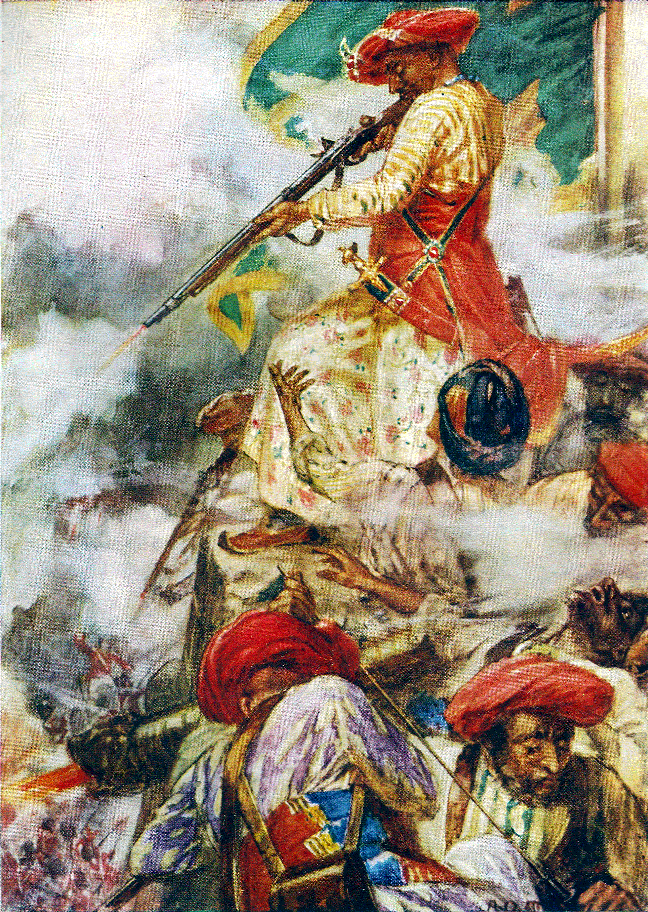Episode 4: Lutyens' Delhi, The Last Imperial Capital of the World
Are there water fountains on top of the Rashtrapati Bhavan in New Delhi aka the Viceroy's House in British India? Why is Mehrauli Park so green? Why is New Delhi called Lutyens' Delhi?
Built at the beginning of the end of the British rule, from a symbol of imperial might to becoming India's beacon of hope to its present state as one of the most endangered heritage cities in the world, New Delhi's story is as colorful and problematic as can be expected. For this Independence Day, we explore the history of making India's capital city which was also the last imperial capital city in the world.
List of related readings:
Jain, A. K. 2010. Lutyens' Delhi. New Delhi: Bookwell.
Irving, Robert Grant. 1984. Indian summer: Lutyens, Baker and Imperial Delhi. New Haven: Yale University.
Volwahsen, Andreas. 2002. Imperial Delhi: the British capital of the Indian empire. Munich: Prestel.
Johnson, David A. 2015. New Delhi: the last imperial city. Basingstoke, Hampshire: Palgrave Macmillan.
Irving, Robert Grant. 1982. "Architecture for Empire's Sake: Lutyens's Palace for Delhi". Perspecta. 18: 7-23.
Johnson, David A. 2008. "A British Empire for the twentieth century: the inauguration of New Delhi, 1931". Urban History. 35 (03): 462-484.
Mann, Michael, and Samiksha Sehrawat. 2009. "A City with a View: The Afforestation of the Delhi Ridge, 1883-1913". Modern Asian Studies. 43 (2): 543-570.
Bowe, P. 2009. "The Genius of an Artist': William R. Mustoe and the Planting of the City of New Delhi and its Gardens". Garden History. 37 (1): 68-79.
McGarr, Paul M. n.d. ‘The viceroys are disappearing from the roundabouts in Delhi’: British symbols of power in post-colonial India. McGarr, Paul M. (2015) ‘The Viceroys Are Disappearing from the Roundabouts in Delhi’: British Symbols of Power in Post-Colonial India. Modern Asian Studies, 49 (3). Pp. 787-831. ISSN 1469-8099. Cambridge Journals. http://eprints.nottingham.ac.uk/35811/1/MAS%20Final%20Article.pdf.
Most of Lutyens' Delhi owned by India's two major political parties: https://www.indiatoday.in/india/story/rti-reveals-bjp-congress-hold-lion-s-share-in-lutyens-bungalow-zone-1245307-2018-05-29
On the threat to Lutyens' Delhi Bungalow Zone: http://indianexpress.com/article/explained/will-lutyens-bungalow-zone-become-another-greater-kailash/
Issues of Conservation: http://www.thehindu.com/books/books-reviews/apathy-over-antiquities/article19433735.ece



